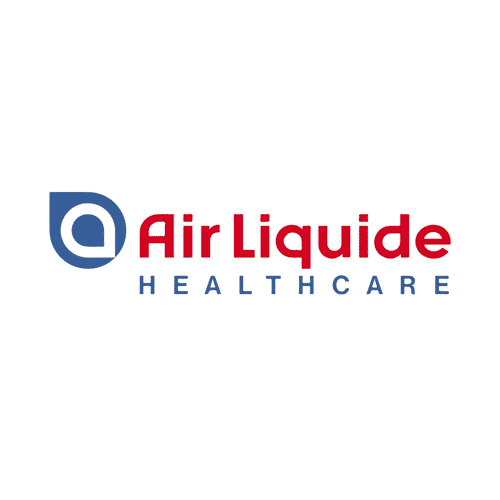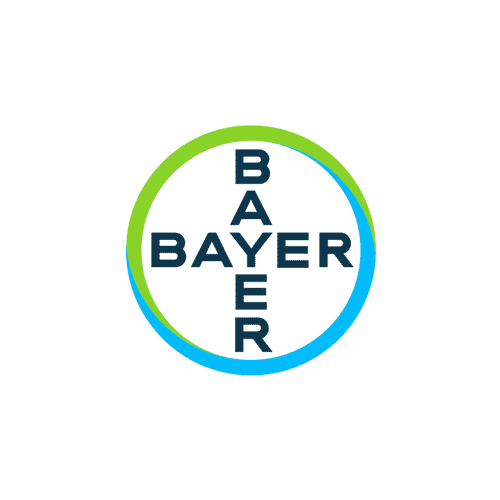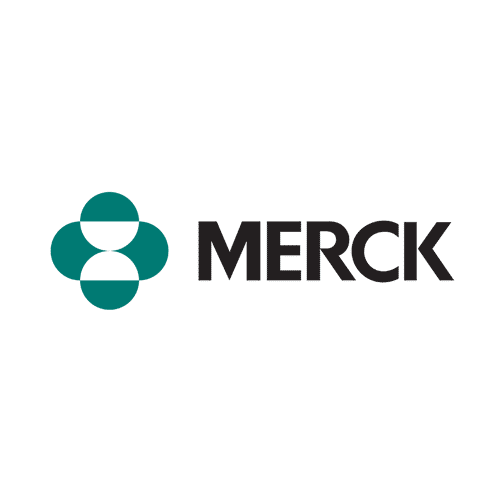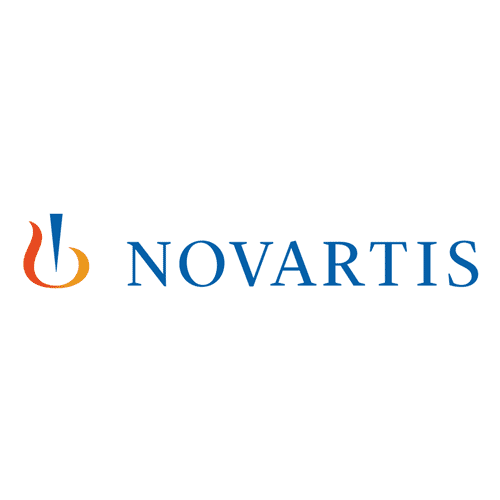
Patient advocacy

Develop your patient-centric approach by involving patient advocacy groups in your R&D
Our specialized team explores patient advocacy and patient-centric approaches to support healthcare players in understanding how patient advocacy groups can contribute to R&D, market access, and the improvement of the patient journey for new pharmaceutical products and diagnostics.
They trust us









The challenges related to patient advocacy
Up until recently, patient advocates were considered secondary players in the healthcare system. Fortunately, attitudes are shifting, and patients are becoming more and more empowered. At Alcimed, we believe that this trend is here to stay and will further complexify an already complex and heterogeneous landscape. The patient voice carries more and more weight:
- Patients know it, regulators such as the FDA and the EMA know it and are giving more importance to patient input and may be on the verge of requesting it as part of the submission dossier.
- More and more payers are asking for patient feedback.
- Pharmaceutical and medical technology companies are making concrete steps to involve the patient throughout the years it takes to bring innovation to the market.
This trend is opening new horizons with new challenges and opportunities. It can sometimes feel like trying to find a needle in a haystack to identify the right group to partner with on the right topic. And once you have found your needle, a host of strategic and operational issues arise:
Given the increasingly complex landscape, defining and finding the right partners is far from obvious: not all stakeholders can or want to work with pharmaceutical or medical device companies. Their skills, knowledge, experience and interests vary widely. Not everyone understands the intricacies of conducting clinical trials for instance. Not everyone has connections in the public health or political spheres.
Who are the right partners for this asset or this therapeutic area? How to identify them?
What creates value for both parties? The diversity of individuals and organizations in patient advocacy means that there is no one-size-fits-all. Patient advocates are very diverse in nature ranging from government agencies to non-for-profit and for-profit organizations. Once you have found the right partner, it is important to work on developing long term value-creating relationships for both parties.
What do advocates expect from healthcare players? How to create true long-term win-win partnerships with advocates?
By experience, patient feedback is always interesting and can serve the improvement of a clinical study or any action that is targeting patients. However, it is not always possible to implement. On this point, the devil is often in the details and there are essentially three categories of reasons: scientific, technical or organizational.
What feedback on what topic at what frequency and at what stage of the development? And how to implement (or sometimes not) this feedback?
How we support you in your projects related to patient advocacy
This patient advocacy trend is opening new horizons with new challenges and opportunities. It can sometimes feel like trying to find a needle in a haystack to identify the right group to partner with on the right topic. And once you have found your needle, a host of strategic and operational issues arise: what creates value for both parties? Who are the right partners for this asset or this therapeutic area? What feedback on what topic at what frequency and at what stage of the development? How to implement (or sometimes not) this feedback?
Our team can help you move forward and make the right decisions on these topics. Over the past decade, we have helped small biotechnology start-ups, large pharmaceutical and medical technology companies explore, adapt, and lead the change in the patient advocacy landscape.
We can help you:
- Understand trends related to advocacy in your specific indication or therapeutic area,
- Identify the relevant stakeholders to partner with,
- Explore topics and partnership modalities,
- Truly embed the patient voice inside your organization.
Examples of recent projects carried out for our clients in patient advocacy
Creation of the patient advocacy strategy of a pharmaceutical company
Our client, a Top 10 biopharmaceutical company realized that its ambition of patient centricity had translated into cultural change within the company but did not yet consistently materialized into day-to-day operations.
Our team worked with internal stakeholders in all functions involved in the product development and commercialization, from early R&D to life cycle management to identify gaps and opportunities.
We then created a process through a series of cross-functional workshops, aiming at defining how should patient centricity take place in all operations daily. Prior to validate and implement this new process, our team vetted it with patient advocates.
Operational implementation and operationalization of a patient advocacy strategy
We helped a leading pharmaceutical player in rolling out its patient advocacy strategy and in embedding all activities designed in an implementation roadmap into the company governance, with the sponsorship of the executive leadership team.
Our team created training materials, standard operating procedures, and moderated onboarding sessions for each function to train internal stakeholders. Together with our client we evaluated which assets could first benefit these activities and identified the right patient advocacy groups for the job to be done on each asset.
In parallel, we created tools to facilitate engagements with PAGs, report the outcome of the interaction and created a KPI dashboard to monitor progress and communicate internally – and externally! Throughout this whole project, we provided project management until the launch and the post-launch were successful.
Identification and prioritization of relevant patient associations to partner with across 4 therapeutic areas in North America, Europe and APAC
Our healthcare team helped the Patient Advocacy team of a mid-sized pharmaceutical company in conducting a landscape assessment of patient advocacy groups in several indications in different therapeutic areas.
Once the mapping was completed, we identified key stakes for each therapeutic area, conducted a gap analysis to prioritize which therapeutic area to focus on and explored unmet needs and activities to initiate or reinforce with relevant partners in each therapeutic area.
Our investigation led us to making recommendations to the Corporate Affairs team on short- and long-term activities in the 3 regions in-scope (North America, Europe and APAC).
Competitive benchmark for patient advocacy in the fight against AMR
One of our clients, a global pharmaceutical player, wanted to further develop its patient advocacy strategy, in order to have better tools to fight against antimicrobial resistance (AMR).
They had a knowledge gap on what other players in the AMR space were doing in terms of patient advocacy and wanted to fill this gap to develop and potentially improve their patient advocacy strategy. To do so, Alcimed screened competitors’ strategies across several regions and analyzed the similarities and differences as well as the most impactful actions.
Followig our investigation and analysis, our team made recommendations to our client on the best path forward to lead this space.
Exploration of Early Advocacy Engagement programs for a major pharma player
Alcimed worked with a large pharmaceutical player to identify, study, and analyze external examples of early advocacy engagement programs from pre-IND to Phase 2 of clinical development to better understand the value, impact and opportunity of early advocacy.
Across 3 continents, our team identified multiple examples of advocacy engagement activities that could be established during the early phases of drug development. In a working session with our client, we selected one example for each of the therapeutic areas of interest to our client, which were further investigated with patient organizations and institutes involved in the case studies.
With these insights, we were then able to cross analyze data and provide strategic recommendations to our client, emphasizing the opportunities on how to address the needs and urgency for early engagement with patients within various therapeutic areas.
Improvement of the expert patient engagement initiative of a leading pharma player
Alcimed supported a leading pharmaceutical player interested in further improving their expert patient engagement program.
Our support consisted in supporting our client through various activities such as collecting and organizing reviews, measuring the impact of patient engagement, as well as supporting the patient advocacy team to explore and expand to new geographies and creating a digital database for them.
Thanks to our work, our client was able to get a better understanding of the value and impact of patient engagement, while providing a clear view on the number of engagements occurring per functional team within the company, with the addition of expanding their initiatives to other countries.
Study of the concept of Patient Engagement for a pharmaceutical company
We supported a pharmaceutical company by performing a worldwide landscaping of the concept of Patient Engagement: who, what and why, with concrete examples from other pharmaceutical players.
To do so, we first conducted a literature in-depth analysis and targeted interviews with patients and pharmaceutical players. We were thus able to contextualize Patient Engagement: definition, origin, more mature therapeutic areas, etc. Then, we analyzed the players within patients communities (patient organizations, patient experts, etc.), their roles and influence on patient engagement. Finally, we identified the benefits, opportunities and potential levers for our client to work on patient engagement, along with concrete examples of actions taken by competing companies across the value chain.
The project output for our client was a comprehensive vision of Patient Engagement, why it is now a pillar of pharmaceutical business and how it will evolve in the future. We also helped our client promote the project internally, raise awareness on this concept’s value and get teams on board via an internal roadshow.
Definition of the strategic portfolio fit of digital apps around patient engagement
Alcimed supported a med-tech player in analyzing the value of adding technologies around shared decision making and communication between patients and physicians into their portfolio as well as understanding how perceived value can be linked to pricing later on. These types of technologies are very well understood as improving on quality of life of patients in various indications and thus play strongly into the field of value-based healthcare.
We helped our client in identifying the different types of possible future technologies and evaluated their maturity level, business impact as well as impact on quality of life for patients.
With this data in hand, our team was able to provide a GO/NO GO decision to integrate these technologies in our clients’ portfolio according to strategic fit.
You have a project?
To go further
Healthcare
The tracer methodology: a way of integrating the patient’s voice to optimize care pathways!
What is the tracer methodology? What is the interest for healthcare professionals and manufacturers? Alcimed deciphers this method for you.
Healthcare
Cancer patients and Quality of life : the 3 next steps to reach optimal care management
Thanks to innovative new cancer treatment options and better detection and monitoring tools, cancer patients in the future will more often live longer with a good level of quality of life. Alcimed ...
Healthcare
3 tips for building the future care pathway
Emergency room crisis, doctor shortage, ecology... The future care pathways must respond to a variety of challenges. Here are 3 tips to help you build them.
Founded in 1993, Alcimed is an innovation and new business consulting firm, specializing in innovation driven sectors: life sciences (healthcare, biotech, agrifood), energy, environment, mobility, chemicals, materials, cosmetics, aeronautics, space and defence.
Our purpose? Helping both private and public decision-makers explore and develop their uncharted territories: new technologies, new offers, new geographies, possible futures, and new ways to innovate.
Located across eight offices around the world (France, Europe, Singapore and the United States), our team is made up of 220 highly-qualified, multicultural and passionate explorers, with a blended science/technology and business culture.
Our dream? To build a team of 1,000 explorers, to design tomorrow’s world hand in hand with our clients.
Patient advocacy is any activity which ultimately benefits the patient. This definition encompasses a wide variety of activities, organizations, and individuals.
To name just a few:
- Government agencies like the Center for Disease Control and Prevention (CDC), the European Medicine Agency (EMA), the Food and Drug Administration (FDA), the National Institutes of Health (NIH), etc.
- Not-for-profit Patient Advocacy Groups (PAGs), also known as Patient Organizations or Patient Associations in different parts of the world, are organizations that lobby or advocate for one or several diseases and / or causes (g. Alzheimer’s Association, European Multiple Sclerosis Platform, Black Health Matters,…).
- Individual Patient Advocate, whose profile and knowledge of healthcare or science may vary. In this category we find caregivers, family members, as well as for-profit advocates who act like case managers or social workers.
- For-profit PAG: in recent years, there has been an increase in the number of groups staffed by professionals who help patients navigate the healthcare system and reimbursement landscape for a fee, usually covered by the patients and/or their benefactors.
Patient advocacy is not a new concept. It emerged in the 1950s in the United States in the context of cancer research. In those early days of cancer treatment, patients and their families questioned the ethics of certain clinical research practices.
In the 1970s, patient advocacy gained momentum in the USA as the Patient Rights movement grew. One of the major advocacy organization at the time, the National Welfare Rights Organization successfully managed to influence the Joint Commission to create hospital accreditation standards, as well as the American Hospital Association’s Patient Bill of Rights of 1972.
The utilization of patient advocates by individual patients then gained further momentum in the early 2000s in the USA due to a number of drivers: the professionalization of this activity, the democratization of the Internet and social media, and past successes of patient advocacy and Patient Rights.
Today, it is not possible anymore to say exactly how many patient advocacy groups exist in the world, as it is probably in the thousands. The sheer number and variety of PAGs is a testimony to the success of this approach. They cover everything from ultra-rare diseases to entire therapeutic areas and span from Facebook groups with a few dozen patients, caregivers and family members focused on patient education and awareness to national and even international foundations able to raise money, fund research, facilitate clinical trial recruitment, improve access and health equity, suggest new clinical guidelines recommendations, influence payers, lobby for new laws, etc.
The goal of patient advocacy is to ensure a patient’s healthcare journey is as easy and smooth as possible. Typical patient advocacy activities can be for example:
- Providing direct support and counseling to patients with the organization of tasks such as managing appointments, obtaining the right medication, or participating in support groups.
- Raising awareness through education and outreach to boost public awareness about specific diseases and the needs associated with them.
- Funding support for advanced research dedicated to the development of treatments for illnesses.
- Improving the quality of care at the individual level by providing feedback through surveys and encouraging community outreach.
- Addressing outdated regulations that could interfere with patient care with concentrating efforts on legislations that improve patient care and protect patient rights.


